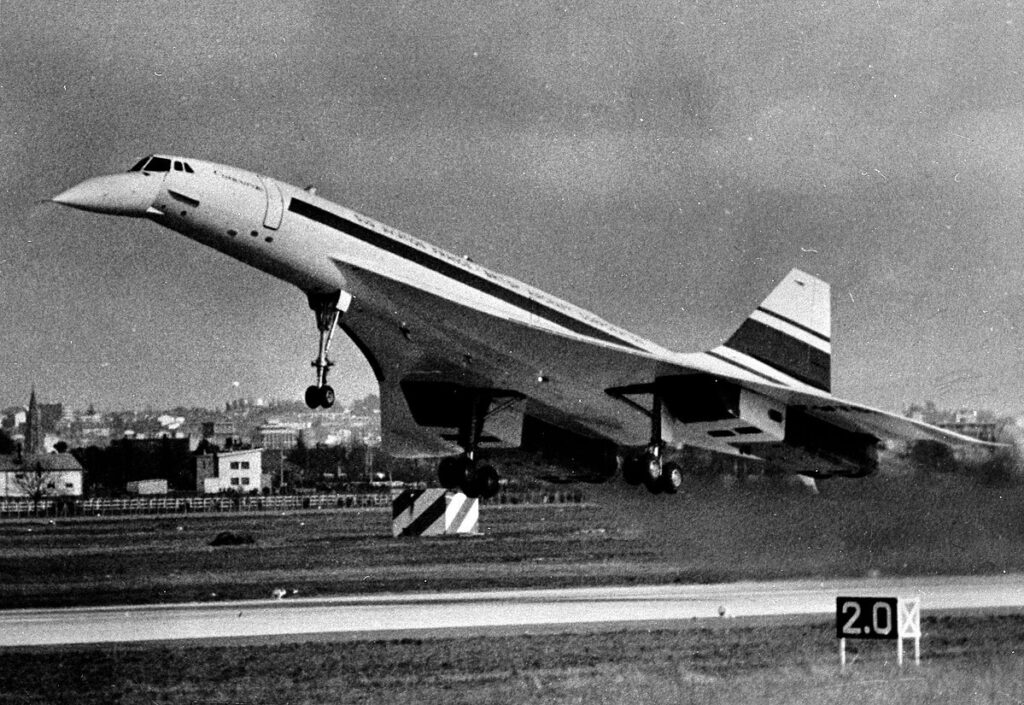Half a century ago, one event marked the history of aviation forever. On Sunday, March 2, 1969, at 15:38, the Concorde made its first commercial flight, reaching a milestone in a fantastic journey.
Sometime around 1955, the first lines of a supersonic commercial plane were put on paper on both sides of the English Channel. For France and the United Kingdom, the objective was not to fall behind the United States in the aviation market.
In France, Sud Aviation (later Aerospatiale, EADS and now Airbus) and Générale Aéronautique Marcel Dassault (today known as Dassault Aviation) used their respective knowledge of commercial and supersonic aviation to come up with a design. The “Caravelle” of Sud Aviation was already an iconic figure in the market. As for Dassault, it had already envisioned the idea of a plane that could fly at Mach 2 speed, as it was developing the Mirage IV fighter jet that would later be one of the cornerstones of France nuclear dissuasion. They joined forces and presented the “Super Caravelle” at Paris Bourget Airshow in 1961.The plane was conceived to transport 70 passengers at a speed ranging from Mach 2 to Mach 2.5.
At about the same time, in the United Kingdom, Bristol Aeroplane Company contracted by the Supersonic Transport Aircraft Committee came up with several designs, all larger than the Super Caravelle. The program culminated with the Bristol Type 223, an aircraft capable of transporting about 100 passengers at a slightly inferior speed of Mach 2.
To share the expense of what was forecasted to be a costly project, the British and French governments negotiated. In November 1962, they agreed to join efforts and so the Concorde was born.
The first prototype of the Concorde was assembled in Toulouse, in Sud Aviation’s plant. Concorde 001 rolled out from the assembly line on December 11, 1967 in front of a thousand spectators. Two years later, after all systems were tested, the “big white bird” took off from runway 32 at Toulouse-Blagnac Airport (TLS) for a 42 minutes maiden flight.
It would take a year and a half for the Concorde to get to its cruise speed of Mach 2 for the first time, and six more years for its first commercial flight to take place. But on March 2, 1969, one of the greatest feats of aviation engineering took to the skies for the first time.
Today, the Concorde 001 is displayed side by side with one of Air France’s Concorde at the Air and Space Museum at Paris–Le Bourget Airport (LBG).


